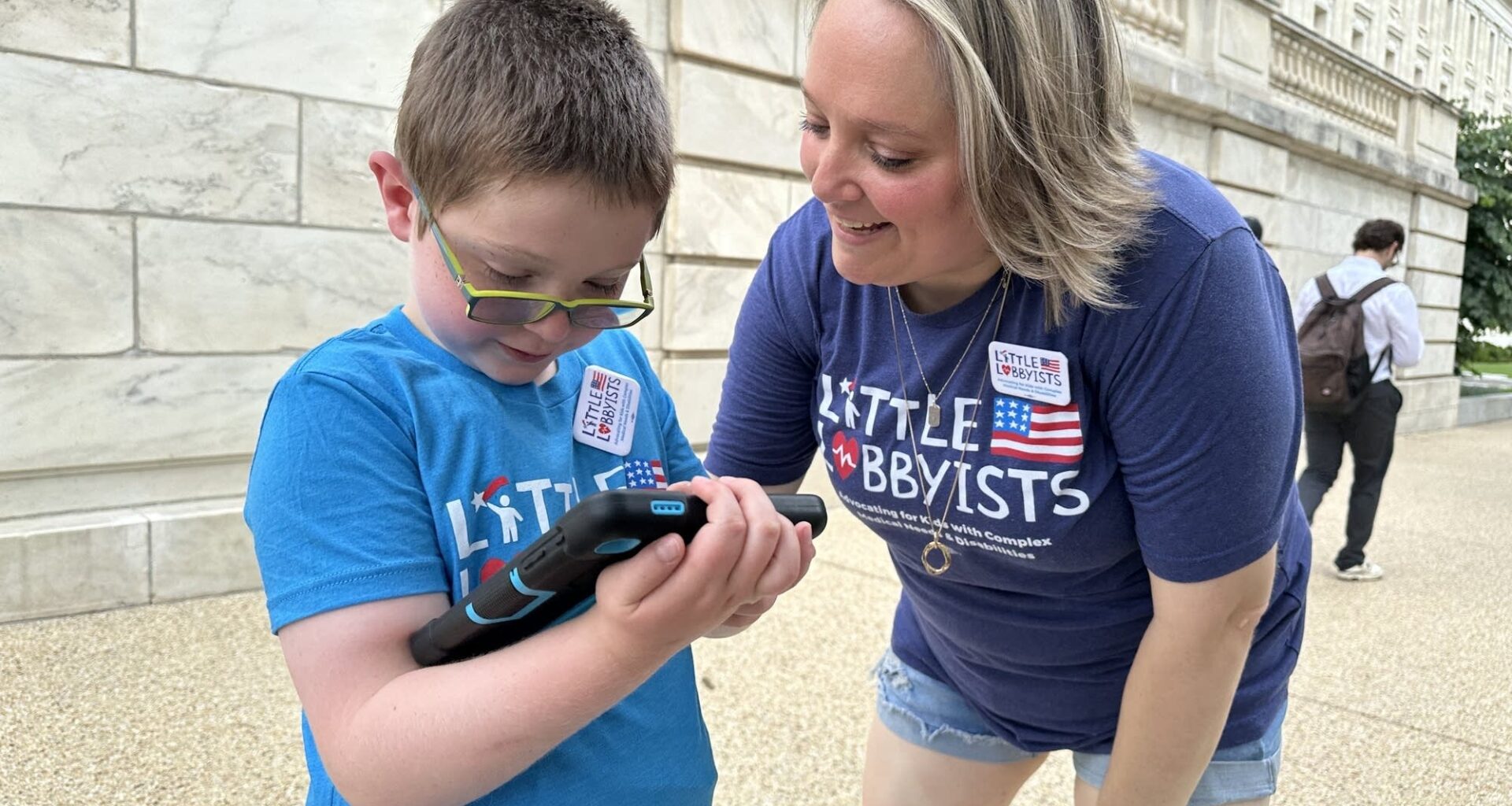The recently passed GOP tax and spending law cuts about a trillion dollars from Medicaid over the next decade. Those cuts, according to the Congressional Budget Office and other independent analyses, will add upwards of 11 million people to the ranks of the uninsured.
But even if those people end up losing their insurance, their health care costs will continue. Though the federal government passed the law dictating the cuts to Medicaid, many of the details of how those cuts actually play out will be determined by individual states because they administer the program.
“When you cut federal Medicaid dollars, it means that less money goes to the states, and when the states have less money to spend for health care services, they then have to make tough decisions,” said Barbara Merrill, CEO of ANCOR, a home care industry trade group, “but the one thing they have to do is they have to continue to fund mandatory services.”
Those services include funding for hospital and nursing home stays, costs which, given the aging population, are likely to eat up much of the Medicaid funding remaining after the cuts mandated by the reconciliation package. So, states will have to look elsewhere for money — raising taxes, reducing funding for other programs like education, or cutting other aspects of Medicaid.
“One thing they could do is they could reduce the number of people who are eligible for Medicaid, therefore reducing the number of people who are using nursing home care,” said Priya Chidambaram, senior policy manager with KFF’s program on Medicaid and the uninsured. “In all likelihood, when you’re thinking about optional services provided under the Medicaid program, it’s home care services that are the bulk of the money of optional services.”
But while those services may be optional under Medicaid law, they’re considered vital for many people. States use Medicaid to fund at-home nurses and health aides to allow seniors to age in place, or to provide resources for vehicle or home modifications that allow people with disabilities to live independently.
Victoria Schiano came to D.C. from Pennsylvania with her nine-year-old son, Cole. She said, if not for those optional Medicaid programs, Cole’s medical expenses would have pushed her family into bankruptcy.
“Cole was born with a disease called mitochondrial disease, and that is an illness that affects every system in his body,” she explained. “He has 36 doctors that we see between two hospitals. He has a permanent IV that helps him get his nutrition. He has feeding tubes… the list goes on and on.”
Schiano said the supplies for the IV alone are at least $17,000 a week, expenses she said she couldn’t get private insurance to cover even if she tried. Many of the people relying on Medicaid to cover home or community care deal with similar numbers.
“An annual budget for services can cost upwards of $60,000 per year, which is prohibitively expensive for most people,” said Richard Edwards, who runs government relations for Amivie, a company that provides home and community-based care for seniors, veterans, and people with intellectual disabilities. Edwards said if states do end up cutting home care services the people who rely on them won’t have many options.
“The only other place to go for that is going to be a skilled nursing facility,” he said. “It’s something that is much higher cost, that’s much more restrictive, and capacity for those kinds of settings is limited because they’re also expensive to run.”
Victoria and Cole Schiano spent much of the run-up to the passage of the One Big Beautiful Bill Act on Capitol Hill, with Cole using his motorized wheelchair to get to meeting where the pair worked with the group, Little Lobbyists, to push members of Congress to oppose the legislation.
Just after the House passed the bill, Victoria was reeling and trying to figure out next steps.
“If this ends up being implemented, this could make the difference of [Cole] being able to stay home with me,” she said, barely holding back tears. “We might be in a position where he would have to be surrendered to a hospital.”
In addition to the $17,000 a week for the IV supplies, Cole requires nursing support that runs about $6,000 a week, as well as feeding tube supplies costing about $4,000 a month. And Schiano says those are just a few of the costs that Medicaid currently covers.
“I mean, obviously I’m going to mortgage everything I have first, and I will go broke and bankrupt and do everything I can to prevent that from happening,” she said.
Schiano said Little Lobbyists will continue to advocate at the state and federal level to preserve funding for home and community-based health care programs, so she, and other families like her, can keep their children at home.
Related Topics
